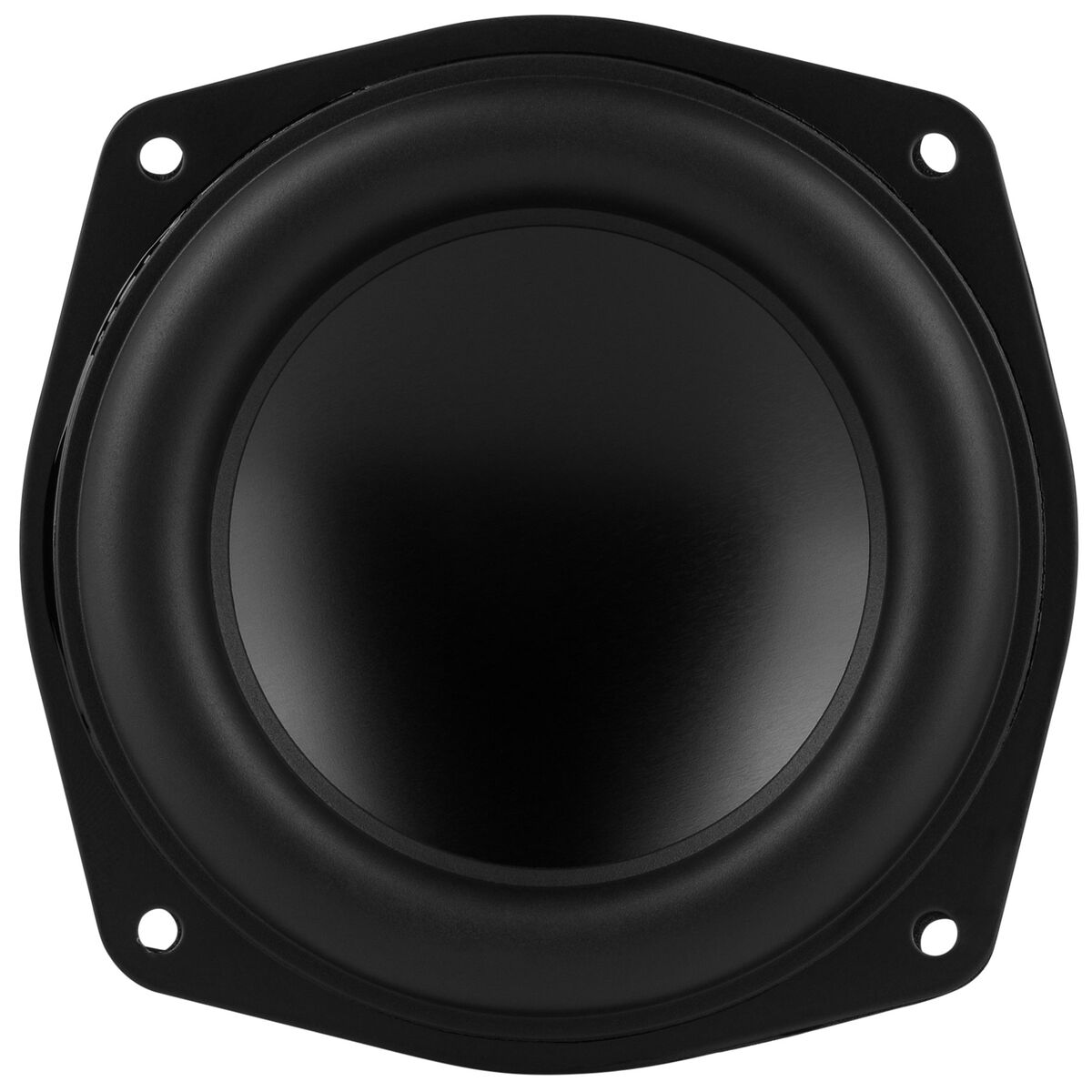

It’s important to remember that you all have different needs.

The settings referred to in this tutorial fit with the type of music we’re making, and how we’ve been listening to our project. In an ideal world, mastering shouldn’t begin until you have a decent mix to start with, and having a vision of where you want to end up sonically in reality of course it’s not always that simple, but we can dream.
Easy audio mixer 213 psp#
For those occasions, you can use more unique plug-ins such as PSP Vintage Warmer, Waves Kramer Tape and J37, and most recently we’ve used the IOx Audioware Onyx 340i Tube Limiter running inside the Reason 11 plug-in host – across an entire album, no less! Live 10 has the Pedal and Echo devices, which can both come into play here, although sometimes it’s more convenient to use third-party plug-ins if you’re after a specific quality of sound. It’s best to use these only if it suits the specific project. There’s another way to make big changes at the mastering stage – by using more ‘characterful’ devices that make their own imprint in terms of tone, a bit of saturation, or even full-on tape emulation. The final item in your mastering chain should always be a Limiter, that’s your last chance to boost and optimise the volume, making sure that your rendered stereo file will be as ‘loud’ as possible – or rather, will have the best possible dynamics and in this case, ‘best’ means most appropriate for your project, usually a decision based on genre. Try putting this before EQ Eight if you’re going to use M/S processing. EQ Eight handles the EQ or filtering of the Mid and Side sections, while Utility can make further changes to the stereo image – by defining how much of the mix is mono, and editing the stereo width of the remainder. In Live this is achieved through EQ Eight, and the Utility device pairs up very well with that. Mid/Side processing is the term used to describe when the centre, mono, portion of a stereo signal is separated from the ‘outer’, stereo section – the parts that are not common throughout the stereo image. Stereo imagingĪnything with a Dry/Wet mix can be really helpful with mastering, where you can set a more extreme amount of compression, then dial back the Wet mix to retain more of the original unprocessed sound. It’s quite easy to hear the differences between the presets they can be a fast way to get close to your desired result and edit from there. You can start from scratch, building your own settings, or use the device presets, or audio effect racks that include it. The thresholds, levels, and frequencies of each band are adjustable, making this a powerful tool for improving stereo mixes. Multiband Dynamics is like having three compressors in one, covering low, mid, and high, between them: you could replicate this by making a rack containing three separate compressors, but it’s more convenient to use, and easier to visualise with Multiband Dynamics. But amongst those essential rack presets you’ll also find others such as Glue and Multiband Dynamics.Īs a general rule of thumb, we’d recommend you not to warp a track that you’re mastering unless there’s a specific request to change tempo, which isn’t usually something that you should be dealing with at this point. This makes sense, as they are the most useful tools, after all. If you look through Live’s Mixing & Mastering presets, you’ll see that the most-used devices are Compressor, EQ Eight, Limiter, and Utility.
Easy audio mixer 213 download#
If you don’t have Live 10, go into the project folder and take the song file out of the Samples folder and open it in your version of Live ( otherwise download the Live 10 demo from ). We have provided a stereo track tailor made for this tutorial, it has some beats, loud bass, and synth effects.

So here in part 2 of our Live mastering tutorial, we’re going to talk about the Multiband Dynamics device, EQ Eight, and how and when to use them to get your songs ready for airplay. But to really seal the deal, and fine-tune with finesse, we need to go deeper on a couple of the devices and techniques that were referred to. In our last Live instalment, we presented an overall guide to mastering with Ableton Live 10, and underlined the point that it has all the tools you need to get a great result.


 0 kommentar(er)
0 kommentar(er)
